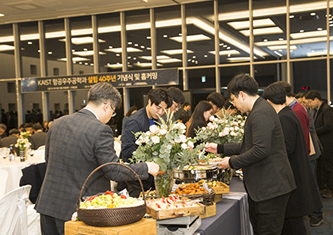History
History

In 1979, President Soon-Tak Cho appointed Prof. Keun-Shik Chang, who had experience working at NASA in the United States, to set up a laboratory equipped with modern research equipment.
President Cho and Prof. Chang visited various universities in France, Spain, and United States, and the Boeing facility in Seattle, USA, to promote the establishment of the Department of Aeronautical Engineering.
Initially, the plan to establish the Department of Aeronautical Engineering at KAIS attracted much attention as it would provide a breakthrough in aviation research and development in Korea.
The aviation industry is a high-tech industry that requires the integration of advanced technologies, however at that time the research capability of aeronautical Eng. departments at domestic universities was very limited due to the lack of research funds, research facilities, and manpower. Therefore, the government planned to establish a new aeronautical engineering department within KAIS to foster professional manpower and to indigenize aircraft production technology. KAIS had an ambitious plan to invite 12 faculty members (8 korean scientists working abroad and 4 international scientists) when the department was established, and to invite 17 professors by 1980, and 20 professors by 1981. According to the Kyunghyang newspaper (1978.09.18.), the Department of Aeronautical Engineering was supposed to use 1.6 acres to build an research center to promote Korean aeronautical engineering research in earnest in Korea.
In January 1979, an entrance examination was held, and the first 20 students were selected for enrollment for the master’s program starting from the spring semester of 1979. Prof. Chang-Sun Hong, who had been working in the area of composites and structures at NASA, joined KAIS and managed the establishment and early operation of the department along with prof. Keun-Shik Chang.
Until the sufficient faculty was Visiting , several world-renowned guest lecturers were Visiting including Dr. Paul Chang, an emeritus professor at the Catholic University in USA, Prof. Gessow at University of Maryland, Prof. Karamchetti at Stanford University, Prof. Hummel at Braunschweig University in Germany, and Prof. Bell at the Naval Postgraduate School. In the beginning, due to the lack of sufficient research equipment, some of lab. experiments were conducted at the Daegu Air force Maintenance Depot, Daewoo Aerospace industry, Samsung Aerospace industry, and Korean Air.
-

Kyunghyang newspaper (1978.09.18.)
-

The late professor Paul Chang and students
Changes in Environment after establishment

Meanwhile, the governments of the 5th Korean Republic changed the aviation/defense industry promotion policy due to the diplomatic relation with US, and many domestic aviation industries and defense-related research departments were significantly influenced by this policy.
In 1981, the Department of Aeronautical Engineering at the KAIS was reduced and reorganized into the Aeronautical Engineering Program within the Department of Mechanical Engineering. In spite of unfavorable environment due to the government policy, the Aeronautical Engineering at KAIST never stopped progressing. However, we could not avoid the significant delay in the recruitment of professors. The Korea Advanced Institute of Science and Technology (KAIST), created through the integration of the KAIS and KIST in January 1981. KIST was re-separated from KAIST in 1989. At that time, KAIST was moved to the Daedeok Campus and integrated with the Korea Institute of Technology (KIT), which was a special undergraduate-only university for gifted students. In 1990, Aeronautical Engineering at KAIST was decided to be an independent department administrating both undergraduate and graduate programs. It took roughly 10 years to be an independent aerospace department. Initially, the research and education activities of the department was organized into four fields: ‘Structures and structural dynamics’, ‘Aerodynamics and fluid dynamics’, ‘Propulsion and combustion’, and ‘Aviation mechanics and control’. When the undergraduate program was first established in 1991, about 20 undergraduate students applied to our department.
In July 1991, the Department of Aerospace Engineering was renamed to the Department of Aerospace Engineering to encompass the field of space engineering. Two years later, the combined Bachelor-Master’s Program was also established.
-

Master students at KAIST sports festival (‘1981)
-

The first undergraduate students and faculty at Gyeryong Mt. (‘1991)
The 40th Anniversary and Homecoming
We held a commemorative workshop and homecoming event to celebrate the 40th anniversary of KAIST AE. The event was held for two days from March 28th to 29th, 2019, and it was a great success with more than 200 participants including the president and other professors and staffs of KAIST, Visiting speakers, and alumni. On the first day, the event started with a high-quality lectures by Visiting speakers to discuss the status and trends of domestic and foreign aerospace technology as well as the future development direction. The workshop was followed by a banquet with more alumni participants. The event concluded with the guest lecture sessions in the morning of the second day.
On the first day of the event, two Emeritus professors Chang-Sun Hong and Keun-Shik Chang gave a commemorative lecture on the establishment process, development history, and future direction of our department. Representatives from major domestic aerospace organizations such as President Cheol-Ho Lim from Korea Aerospace Research Institute, President Hyun-Woo Shin from Hanwha Aerospace, and director Jong-Koo Kang from Korean Air Tech Center shared their business status and visions. In addition, former alumni of our department, former head Jong-Seong Kim from the 1st division of Agency for Defense Development, Senior vice president Il-woo Lee from Korea Aerospace Industry, and President Jae-Hyuk Choi from Nearthlab shared their experience at the event. At the banquet, we enjoyed a series of congratulatory talks and well-prepared programs. It was a great opportunity to see how the Department of Aerospace Engineering has been progressed for the last 40 years.
Leap to a Top-tier Aerospace Department
The Department of Aerospace Engineering at KAIST was established 40 years ago in response to the national needs for self-defense. It has soon developed into a “World Top-tier Aerospace Department” that provides leading aerospace engineering education programs through the unremitting efforts of its members, despite various internal and external difficulties. Our department is currently considered as one of the best aerospace departments in the world. In the World University Rankings (Mechanical, Aerospace, and Manufacturing fields) announced by QS Ranking, our department is consistently ranked among the top 20 in the world and the top in Korea. Let us list a few recent research achievements: the successful launch of the first domestically made cube-satellite by the research team of Prof. Hyochoong Bang, and WooriSae-2 sounding rocket by the research team of Prof. Sejin Kwon.
-
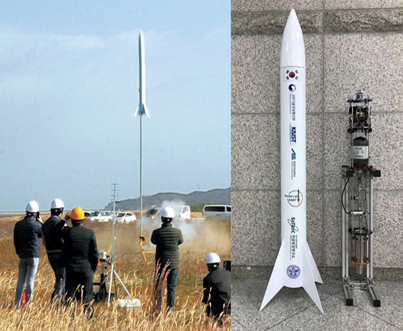
우리새 2호 발사 성공
-
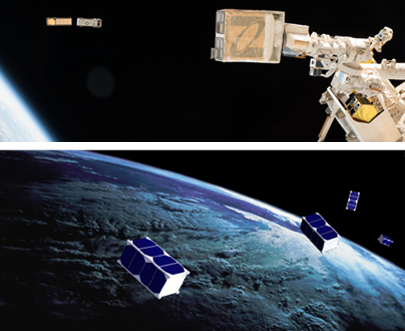
큐브셋 LINK 발사 성공
-
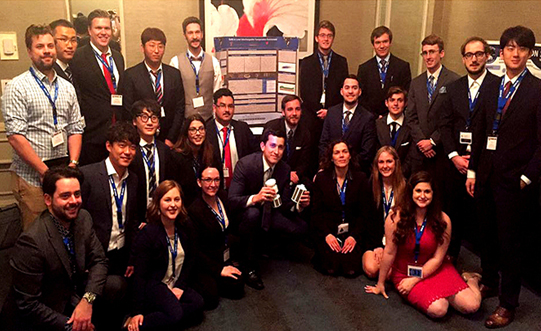
NSAS 우주임무설계대회 최우수상
In addition, graduates of the Department of Aerospace Engineering at KAIST are contributing to aerospace-related industries such as Korea Aerospace Industries (KAI), Korean Air, Hanwha, and LIG Nex1 as well as national and public research institutes such as Korea Aerospace Research Institute (KARI) and Agency for Defense Development (ADD). With their creativity and challenging spirit, they are playing a pivotal role in domestic and foreign aerospace R&D projects, contributing to raising the status of KAIST's aerospace engineering department. In academic areas, our department has produced the first Korean professor in the Caltech aeronautical department, along with professors in excellent universities, in Korea and abroad, such as Purdue, Cranfield, KAIST, and UNIST, and start-ups research companies such as Nearthlab, Jobis & Villains, and Perigee Aerospace. There are continuous efforts from the members of the Department of Aerospace Engineering to elevate the prestige of the department.
Our department provides a world-class educational/research environment to help students acquire the deep knowledge in aerospace sciences and practical experiences through an innovative curriculum. Through collaborative research on various aerospace systems, KAIST is developing into a top-tier department leading the renaissance of aerospace technology. Thanks to the efforts of all the present faculty and staff members, students and alumni, the Department of Aerospace Engineering at KAIST is growing to become the leader of aerospace engineering.
-
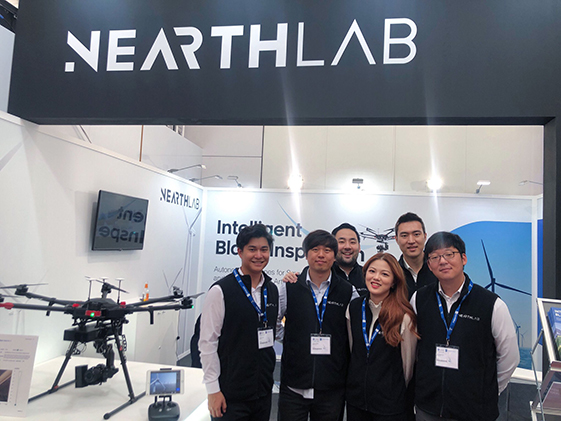
Nearth Lab
-

Perigee Aerospace






